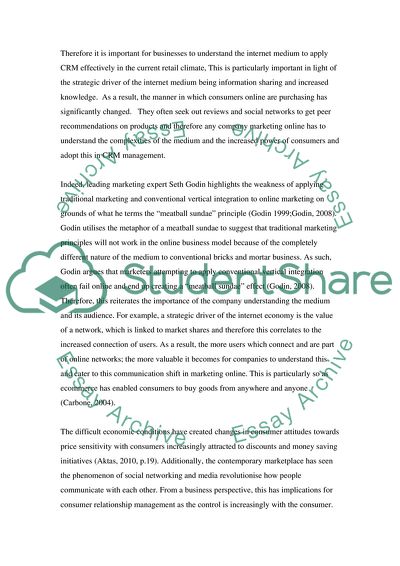Cite this document
(CRM - a Vital Retail Strategy to Gain New Customers Research Paper, n.d.)
CRM - a Vital Retail Strategy to Gain New Customers Research Paper. Retrieved from https://studentshare.org/marketing/1747711-customer-relationship-marketing
CRM - a Vital Retail Strategy to Gain New Customers Research Paper. Retrieved from https://studentshare.org/marketing/1747711-customer-relationship-marketing
(CRM - a Vital Retail Strategy to Gain New Customers Research Paper)
CRM - a Vital Retail Strategy to Gain New Customers Research Paper. https://studentshare.org/marketing/1747711-customer-relationship-marketing.
CRM - a Vital Retail Strategy to Gain New Customers Research Paper. https://studentshare.org/marketing/1747711-customer-relationship-marketing.
“CRM - a Vital Retail Strategy to Gain New Customers Research Paper”, n.d. https://studentshare.org/marketing/1747711-customer-relationship-marketing.


